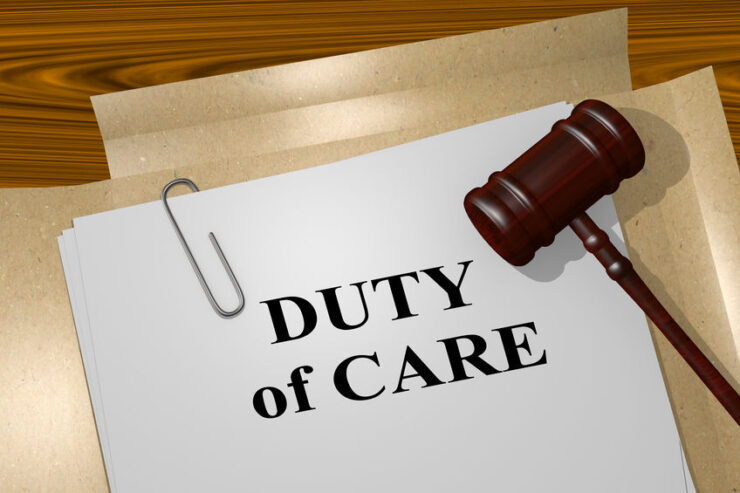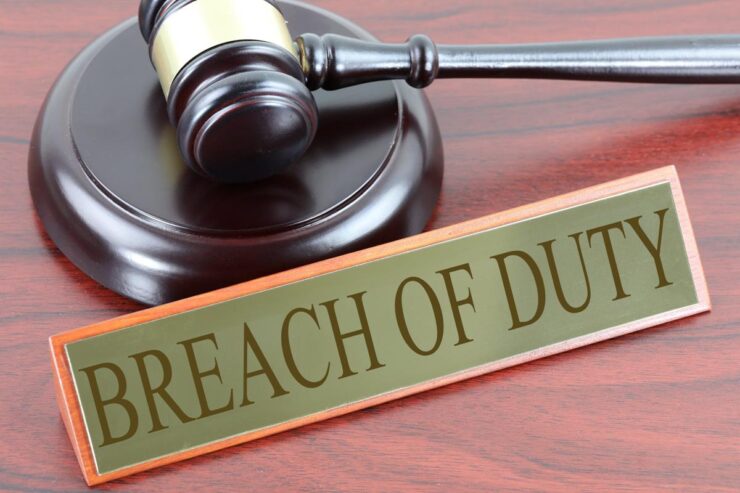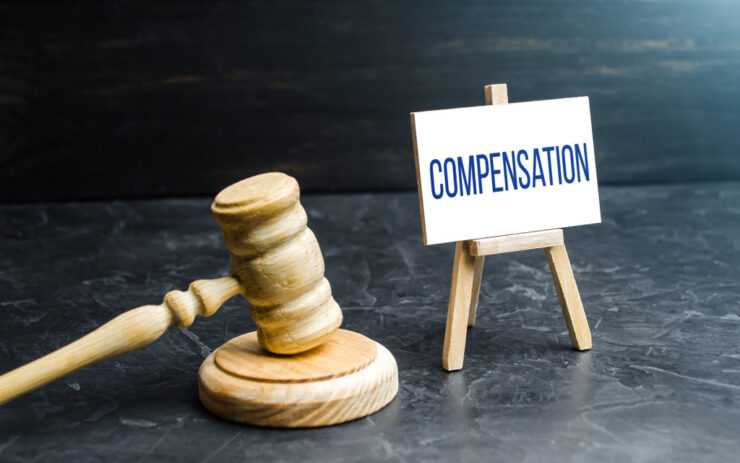If you have been injured in an accident caused by someone else’s negligence, you may be entitled to compensation. The negligence accident attorney helps victims recover the damages they deserve.
To pursue a claim for negligence, you must prove four essential elements: duty, breach of duty, causation and harm. In this article, you will learn what those terms mean and how they apply to personal injury cases.
Duty of Care

In negligence cases, your lawyer must first establish that the defendant owed you a duty of care. This is generally fairly straightforward, such as when a driver owes a duty of care to others on the road to drive safely and obey traffic laws.
Medical professionals owe a duty of care to patients to provide treatment that meets or exceeds the accepted standard in a given situation. Manufacturers owe a duty of care to consumers to produce products that are safe for their intended uses.
If the defendant failed to live up to this standard, you must then show that their breach of duty directly caused your injury. This is often referred to as showing that their action was the direct and proximate cause of your damages, though you may also need to prove that you would not have suffered your injuries but for the defendant’s actions.
For example, if a distracted driver rear-ended your vehicle because they were looking in the back seat to check on their child, this is a breach of duty.
Breach of Duty

Identifying the defendant’s duty of care is one of the first steps to recovering compensation. Next, a plaintiff must show that the defendant breached that duty and this directly caused their injuries.
Breaching a duty of care typically involves actions or omissions that fall below the level of prudence exhibited by someone of ordinary discretion and caution. For example, if the at-fault driver ran a red light, this would be a clear breach of the duty to drive responsibly as it placed other motorists in danger of a collision.
Proving the defendant breached their duty of care in a negligence case often involves using evidence that compares the defendant’s behavior to what a reasonable person would do under similar circumstances.
For example, if a doctor fails to account for drug interaction when prescribing new medication and this results in an injury, the patient may be entitled to compensation. Similarly, property owners are obligated to refrain from causing harm to trespassers on their land.
Causation

In a negligence claim, it is important to demonstrate that the defendant’s conduct directly and proximately caused your injuries. For instance, if another driver runs a red light and collides with your vehicle, you must prove that their actions were the direct cause of your injuries.
Often, causation can be established by talking to witnesses and reviewing any video footage from the accident. For example, a witness can provide a unique perspective of what happened during the crash and help to establish that the other driver violated the duty of care by running a red light.
Moreover, if you can identify multiple parties that contributed to the accident, this can make it easier to secure compensation from all liable parties. An experienced negligence accident attorney can help you determine liability and hold the liable party accountable for their actions. This can result in the recovery of damages to cover your financial losses. These include medical bills, property damage, and non-tangible damages such as pain and suffering.
Damages

In a negligence lawsuit, the plaintiff must prove all of these elements in order to recover compensation. This can be difficult, especially if the defendant has adequate insurance coverage or a good defense attorney.
In addition, the plaintiff must establish that the defendant’s breach of duty directly caused their injury. For example, if someone cuts off the plaintiff, causing a collision, there is a direct link between the defendant’s breach and the accident. In cases of non-economic damages, causation is established through medical documentation and testimony about the injuries sustained by the plaintiff.
Sometimes, multiple parties are at fault for an accident. This is most common in car accidents involving multiple drivers or on dangerous property, such as construction sites. In these types of cases, the finder of fact apportions fault based on each party’s degree of contribution to the accident and injuries. This is known as comparative negligence. This does not prevent the injured party from recovering, but it does reduce their award by their percentage of fault.

